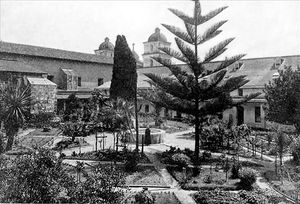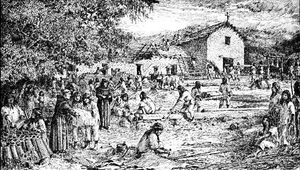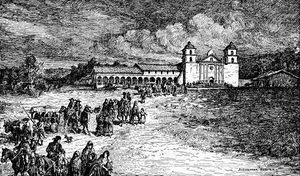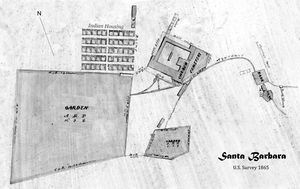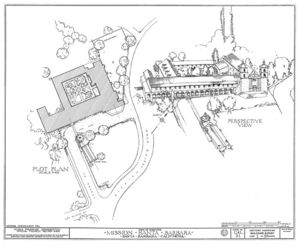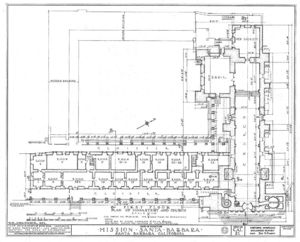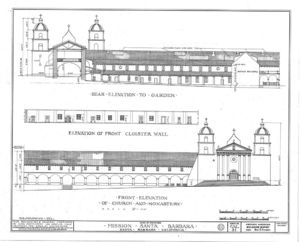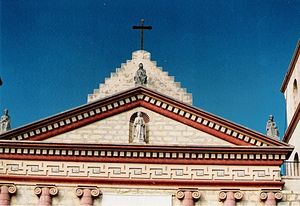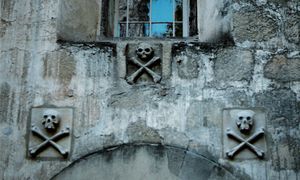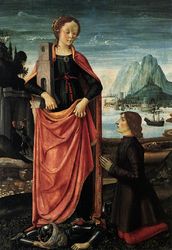Mission Santa Barbara/Gallery: Difference between revisions
Jump to navigation
Jump to search

imported>Robert A. Estremo No edit summary |
imported>Robert A. Estremo mNo edit summary |
||
| Line 14: | Line 14: | ||
Image:The ornamental frieze above the chapel at Mission Santa Barbara.jpg|{{The ornamental frieze above the chapel at Mission Santa Barbara.jpg/credit}}<br />The ornamental frieze above the chapel at Mission Santa Barbara. | Image:The ornamental frieze above the chapel at Mission Santa Barbara.jpg|{{The ornamental frieze above the chapel at Mission Santa Barbara.jpg/credit}}<br />The ornamental frieze above the chapel at Mission Santa Barbara. | ||
Image:Cemetery Entrance.jpg|{{Cemetery Entrance.jpg/credit}}<br />Stone "skull and crossbone" carvings denote the cemetery entrance at Mission Santa Barbara. Actual skulls and bones were long used to mark the entrances to Spanish cemeteries (''campo santos''). The practice, dating back many centuries, led to the symbol eventually becoming associated with the concept of death. | Image:Cemetery Entrance.jpg|{{Cemetery Entrance.jpg/credit}}<br />Stone "skull and crossbone" carvings denote the cemetery entrance at Mission Santa Barbara. Actual skulls and bones were long used to mark the entrances to Spanish cemeteries (''campo santos''). The practice, dating back many centuries, led to the symbol eventually becoming associated with the concept of death. | ||
Image:Saint Barbara crushing her infidel father.jpg|{{Saint Barbara crushing her infidel father.jpg/credit}}<br />Saint Barbara crushing her infidel father | Image:Saint Barbara crushing her infidel father.jpg|{{Saint Barbara crushing her infidel father.jpg/credit}}<br />Saint Barbara, patron of prisoners, architects, artillerymen, and mathematicians, crushing her infidel father. | ||
</gallery> | </gallery> | ||
==Notes== | ==Notes== | ||
{{reflist}} | {{reflist}} | ||
Revision as of 14:59, 27 December 2012
(CC) Photo: Robert A. Estremo
Stone "skull and crossbone" carvings denote the cemetery entrance at Mission Santa Barbara. Actual skulls and bones were long used to mark the entrances to Spanish cemeteries (campo santos). The practice, dating back many centuries, led to the symbol eventually becoming associated with the concept of death.


